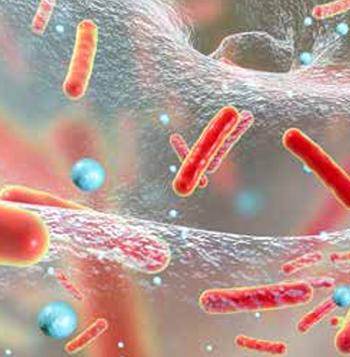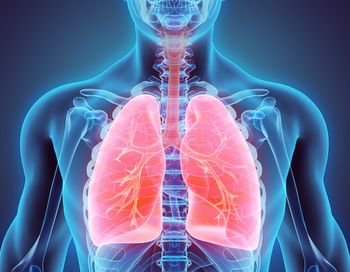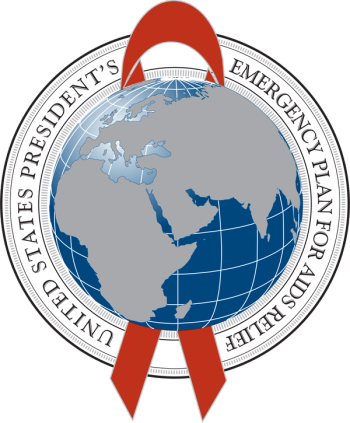
Sabrina Absalon, PhD, explains how antibiotic disruption of the apicoplast led to the discovery of PfAnchor, a key protein required for parasite division and survival.

Sabrina Absalon, PhD, explains how antibiotic disruption of the apicoplast led to the discovery of PfAnchor, a key protein required for parasite division and survival.

The agencies are calling for sustained investments in immunization efforts in the midst of increasing case numbers rising for diseases such as whooping cough, measles, and others.

The latest fungal-focused edition of the Centers for Disease Control and Prevention’s journal Emerging Infectious Diseases explores the global spread of antifungal resistance, rising cases of Aspergillus infections, and the detection of Histoplasma.

A preclinical study shows the antibiotic, piperacillin, was effective at much lower dosages than doxycycline, and did so without disrupting the gut microbiome.

US cases already surged 210% in 2025, while ECDC reported a 786% increase in Europe, with 35,212 cases in 2024.

Rifaquizinone is a dual-pharmacophore antibiotic combining rifamycin and a fluoroquinolone-like compound, showing strong bactericidal activity against resistant Staphylococcus aureus strains and biofilms, with promising results for treating prosthetic joint infections (PJI) but limited oral bioavailability.

Novavax Vice President Matthew Rousculp on reactogenicity, vaccine hesitancy, and supporting informed decisions.

Matthew Hepburn, MD, offers some insights on his time as vaccine development lead for Operation Warp Speed and the ability to develop a COVID-19 vaccine within a year.

At ESCMID Global 2025, SHIELD study data show Novavax recipients experienced fewer adverse effects and missed less work compared with those who received the Pfizer-BioNTech COVID-19 vaccine.

A recent study evaluated bundled ambulatory stewardship interventions (ASIs) — audits, reporting, webinars, and electronic alerts — to reduce inappropriate antibiotic prescriptions (IAPs) for acute uncomplicated bronchitis (AUB).

World Malaria day stories, update on measles outbreak, coronavirus antivirals showing strong results in testing, and more this week.

After delays in the review of the COVID-19 vaccine—which missed its April 1 review deadline—the agency has requested new data.

Sabrina Absalon, PhD, on how disrupting apicoplast division can stop malaria in its tracks and calls for sustained research funding to combat the disease.

Insights from Andrew Lover, PhD, MPH, MS, on challenges in rural Southeast Asia, border malaria, and new mosquito vectors impacting global efforts.

The Johns Hopkins Malaria Research Institute’s work in this area is looking to find ways to identify, for the first time, every single gene in the genome of malaria parasites, which could lead to the development of new treatments or vaccines.

In the first part of our interview, Sabrina Absalon, PhD, explains how depleting a protein linked to apicoplast division leads to rapid death of Plasmodium falciparum.

The University of Minnesota’s Center for Infectious Disease Research and Policy (CIDRAP) announced its initiative that will look to ensure reliable vaccine data and information is available to the public and medical community.

Q&A with Ben Burwitz, PhD, on the significance of the new hepatitis B virus (HBV)-susceptible primate model and its potential to advance hepatitis B research and therapeutic development.

Atea Pharmaceuticals will present the full clinical study at the upcoming EASL Congress in May.

While 254 million affected globally with HBV, the disease remains endemic in Nigeria due to imperfect vaccination efficacy and limited coverage

The Johns Hopkins Malaria Research Institute is hosting its World Malaria Day Symposium on Friday. Jane M. Carlton, PhD, offers some insights on the institute and its signature event.

The University of California San Francisco and Gladstone Institutes develop compounds with a 1,000,000-fold reduction in viral titers and 1000 times effective concentration in the brain.

Ninety-four percent of cases were tied to 10 outbreaks, Texas leading with 624 cases, while Michigan and Montana reported the first outbreaks since 2019 and 1990, respectively.


Scynexis developed its investigational fungal compound, SCY-247, which is in phase 1 clinical trials, and the company expects to share top-line data this year.

Sarah Rowan, MD, on minimal laboratory testing, Hepatitis B screening flexibility, peer navigation, and state‑specific strategies to overcome outreach and reimbursement hurdles


Sarah Rowan, MD, says tailored models within syringe service programs can overcome barriers and improve cure rates in underserved populations.

A Centers for Disease Control and Prevention study looked at the COVID-19 pandemic's effect on hospital-onset infections. Study lead author Hannah Wolford offers insights on it, including what patient populations were most affected, and the significance of infection prevention strategies.

Study of 400,000 pediatric records shows vaccine’s effectiveness in preventing Long COVID during Delta and Omicron waves.